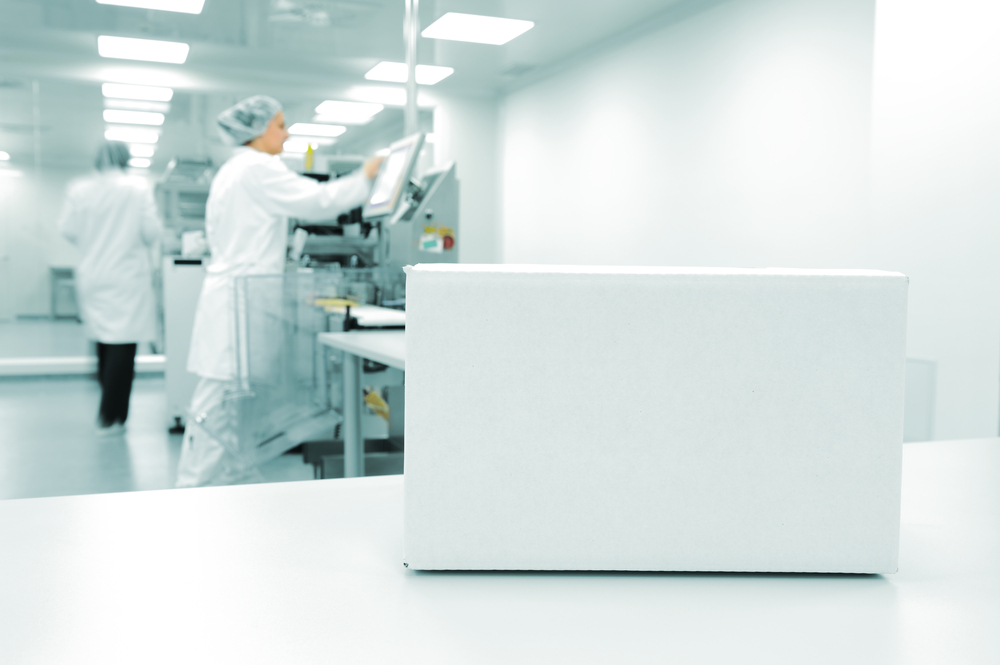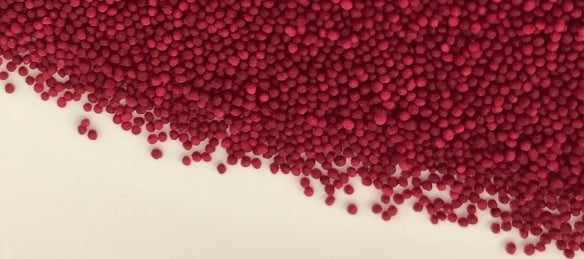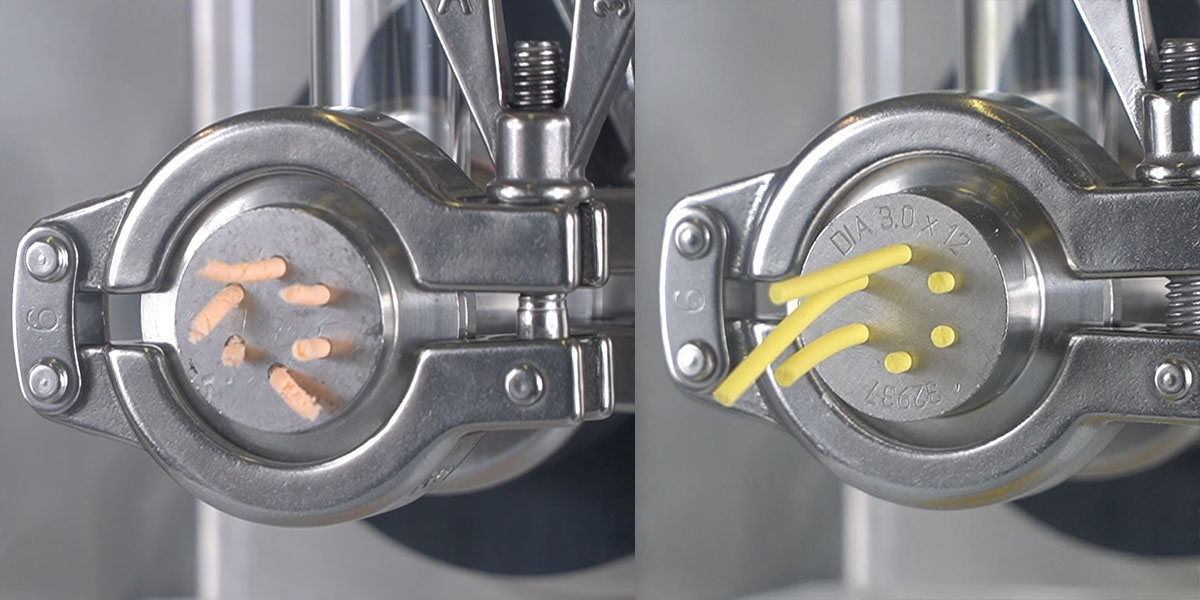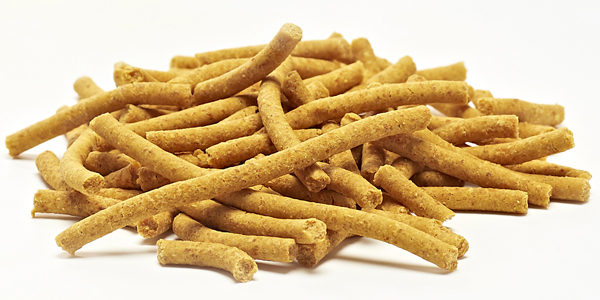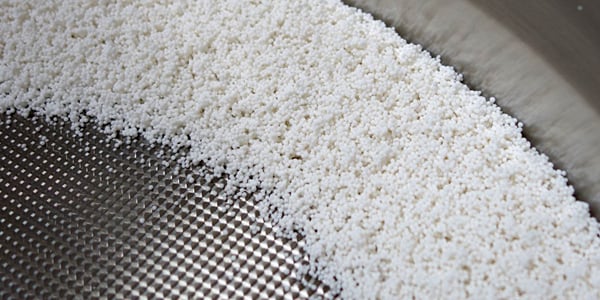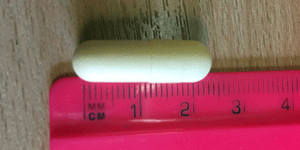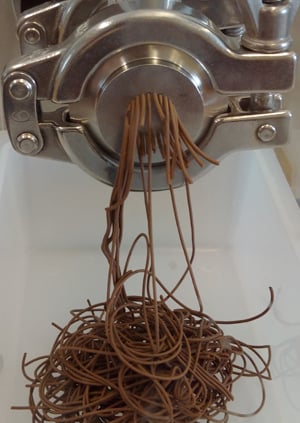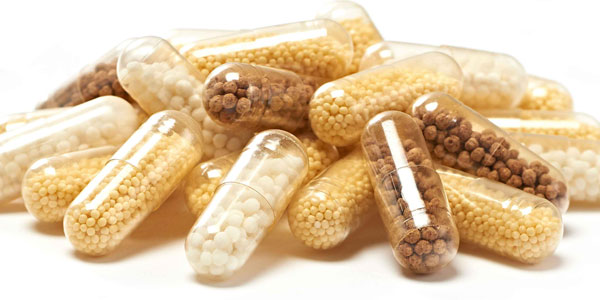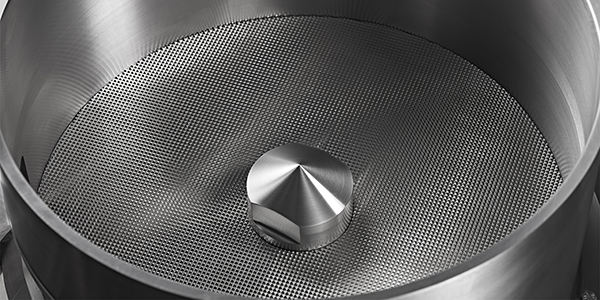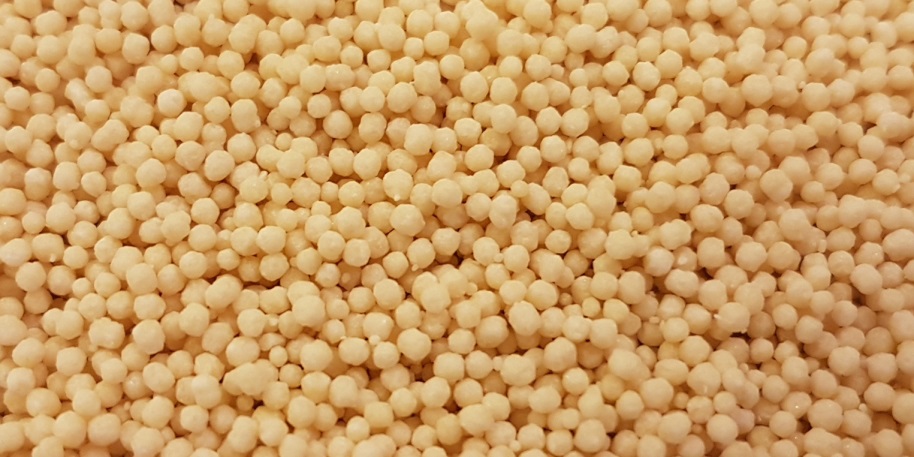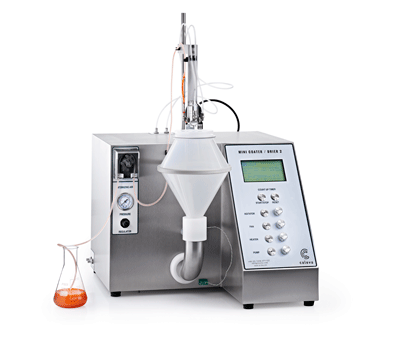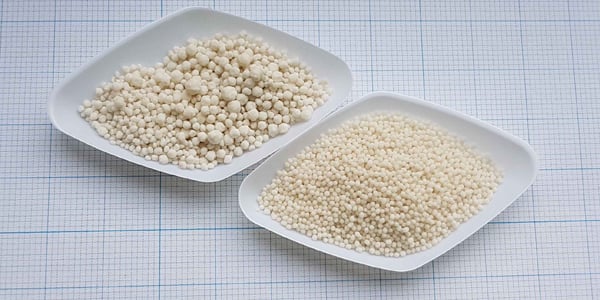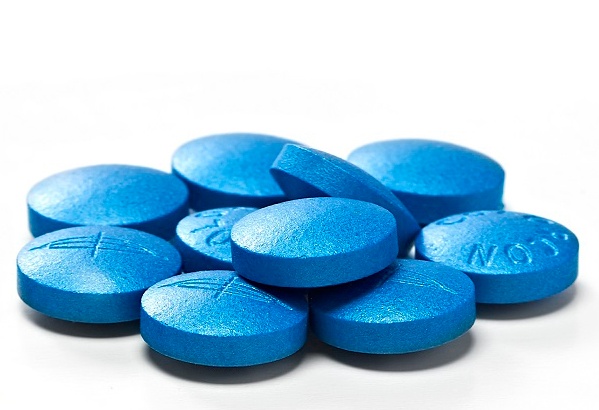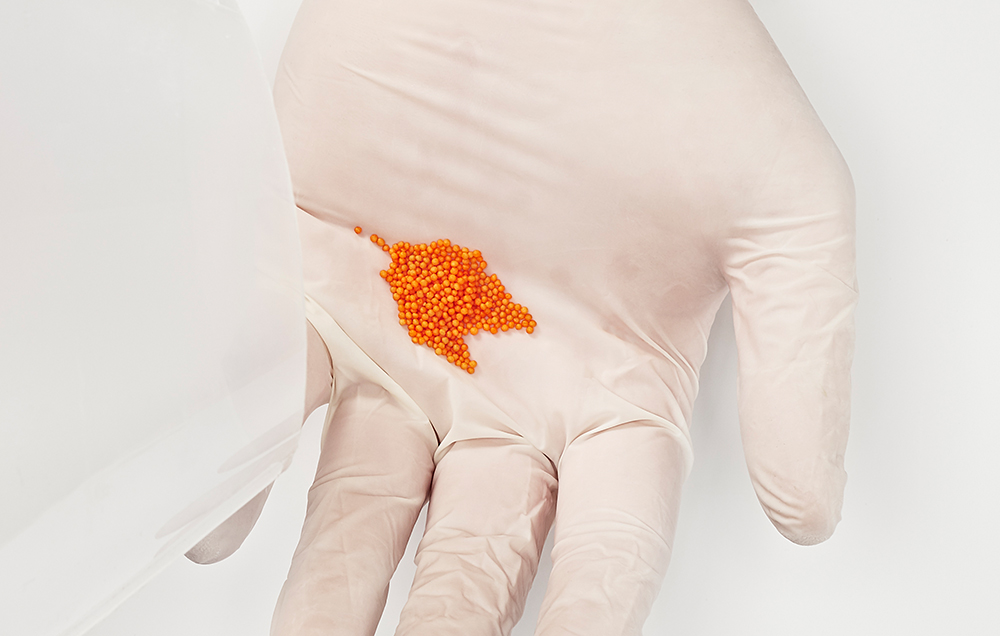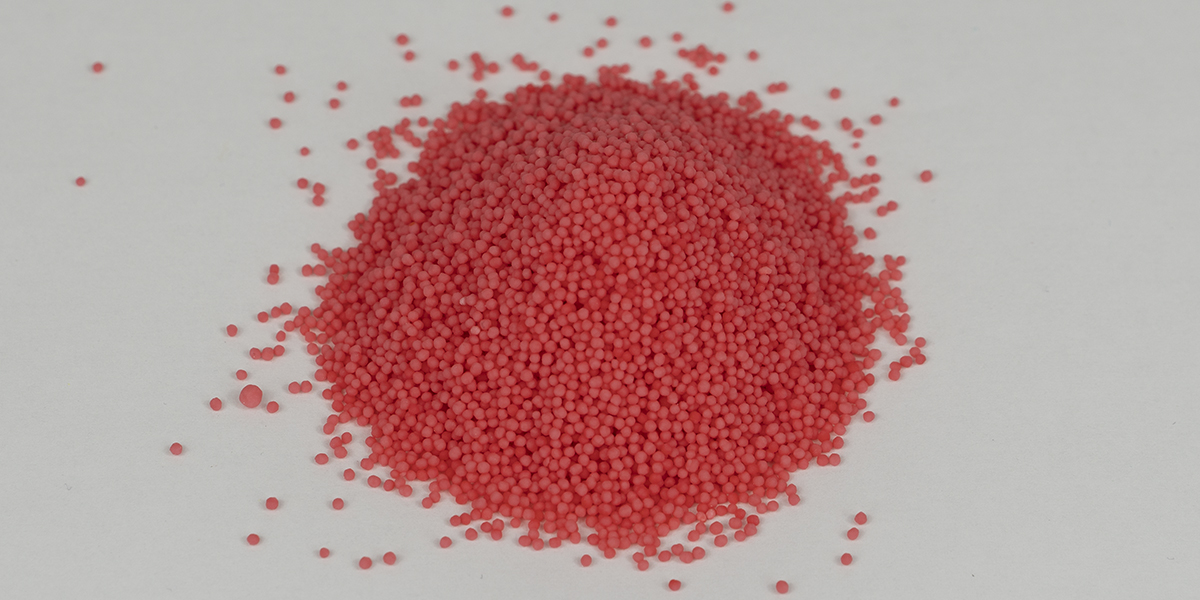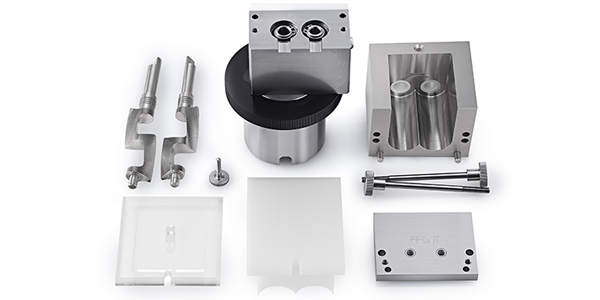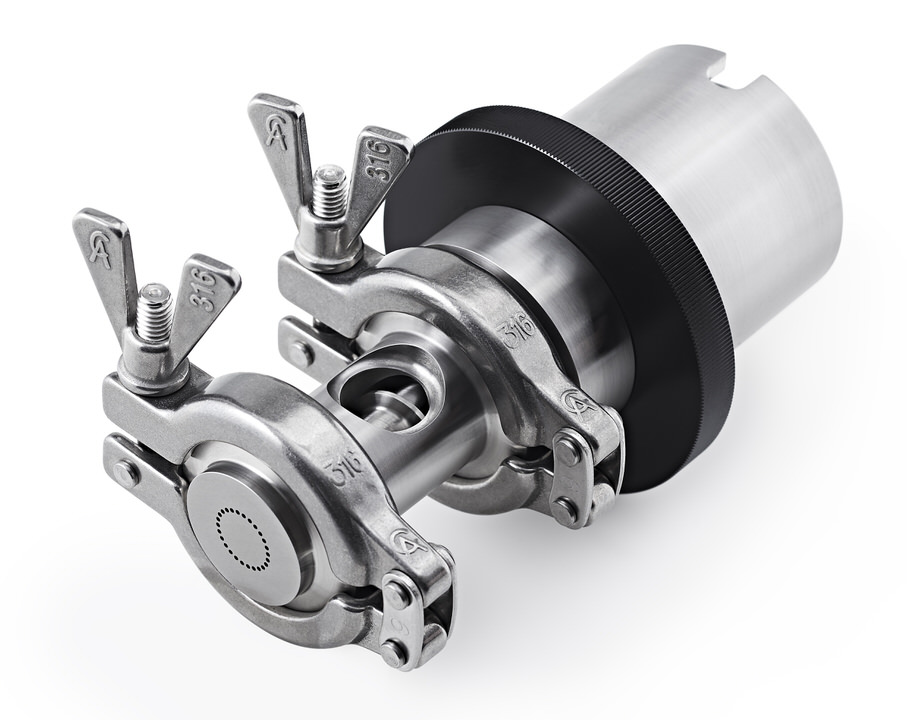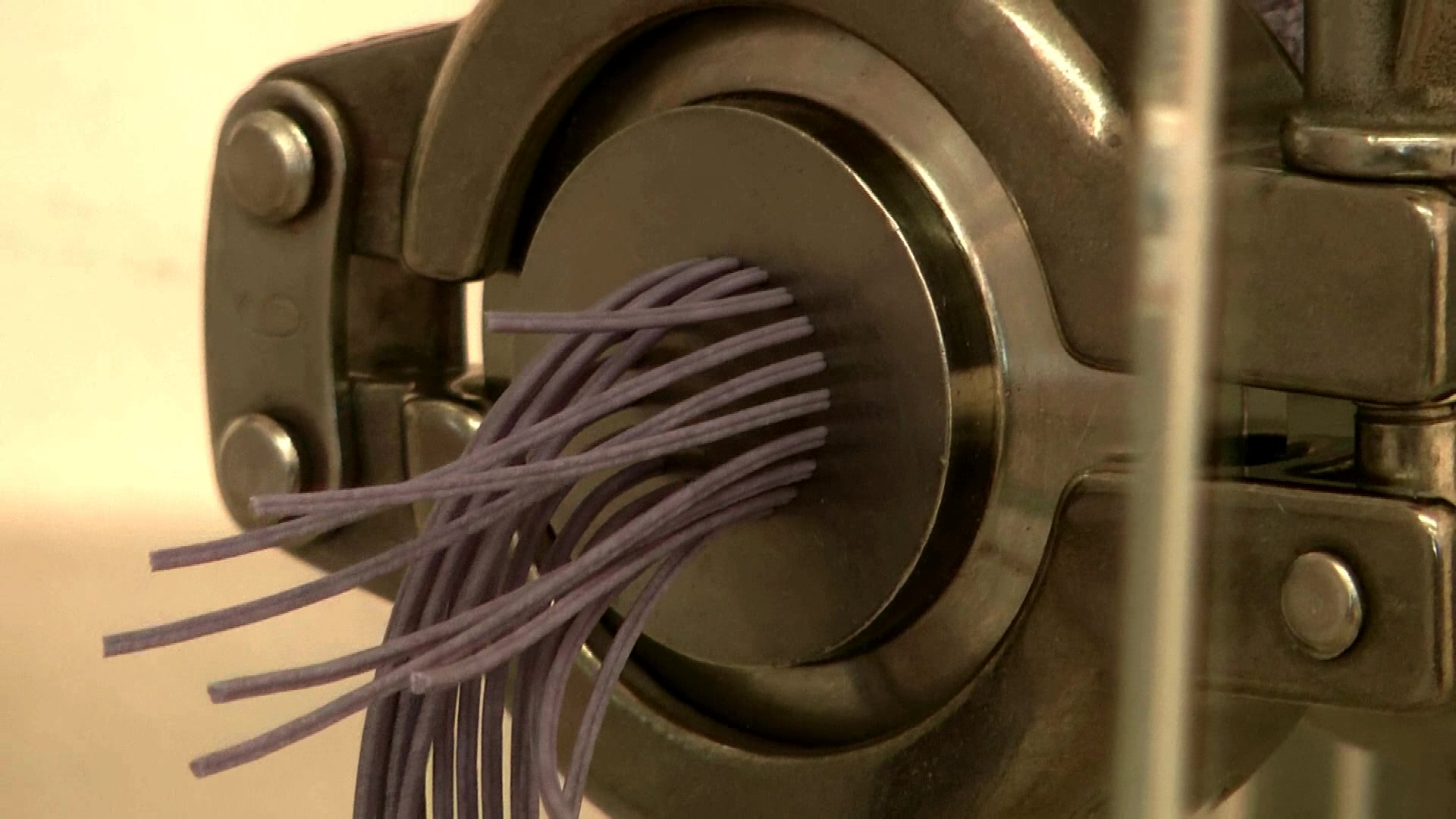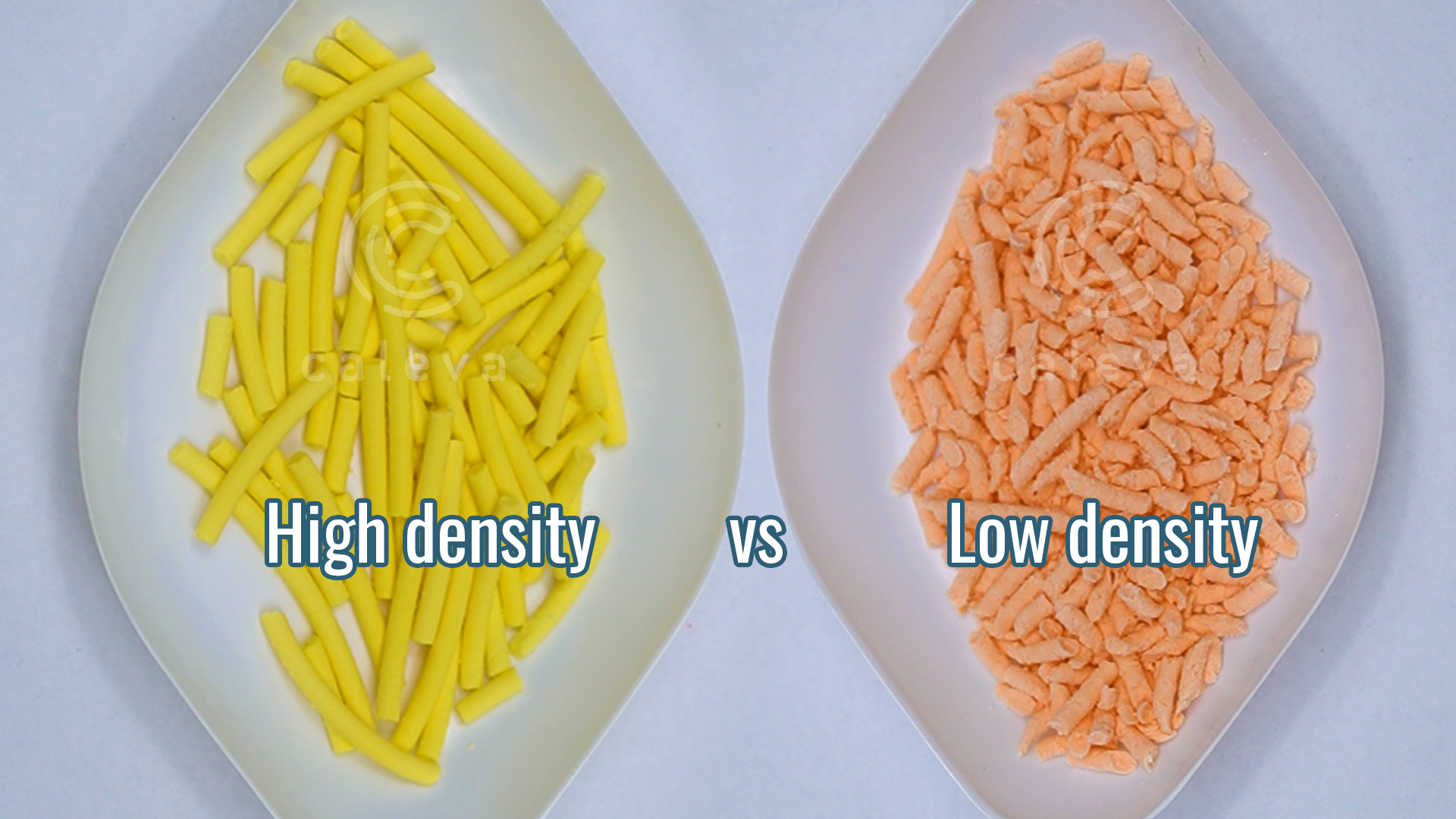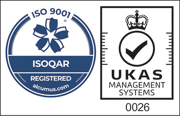View a list of suggested uses for pellets in pharmaceutical applications.
Knowledge Base
What is the smallest particle that I can coat in the Mini Coater Dryer
The Caleva MCD was originally designed for coating of very small batches of tablets. The original Mini Coater Drier was very efficient at this. However, as a response to several user comments and requests a new version was designed to allow users to also coat small samples of pellets over a range of industries. The original improved design specification that users were requesting was that batches...
What characteristics should my extrudate have?
Extrusion and spheronization is not always completely straightforward. A formulation required for spheronization needs to go through the following processes and achieve the following properties.
What are the standard processes in the manufacture of pellets?
Wet Granulation - Granules are formed by the addition of a granulation liquid onto a bed of powder under the influence of an impeller. This is typically carried out using a high-shear granulator or a simpler planetary mixer.
Should I use spheronization or layering to manufacture pellets?
There are two main ways to make small pellets for drug delivery:
- Drug layering onto inert starter (or seed) pellets that are bought commercially
- Extrusion and spheronization binding the active material in the substrate of the pellet from the beginning
There is no right or wrong way to make pellets. The most appropriate method for your particular application will depend on what you are trying to...
Coating large tablets in the Mini Coater Drier
Our general tablet coater literature describes the coating capability of a tablet size of up to 10 mm. However, this refers to a diameter rather than a capsule style design in length. The Mini Coater Drier is incredibly versatile and really the limiting factor is generally a weight issue as opposed to size. It’s important to consider weight/batch size to ensure a good coating motion within the...
Formulation development of catalyst materials zeolite and bentonite?
We always offer our potential users the opportunity to test their formulation with us in our lab. This is to ensure that installing our machines would be the right decision for their formulation development, and/or their production environment.
This short article has been written from notes that Dr Steve Robinson made during trials with catalysts sent to us by a customer and we achieved some...
Do I need to coat my pellets to prevent disintegration or dissolution?
We have been asked by a manufacturer (interested in looking at the development of Omeprazole formulations) if it was really necessary to coat these pellets with an enteric coating.
Do all extruders and spheronizers have the same level of performance?
Product yields (the percentage of the spheroids produced in a batch that are within the size range required) will never be 100%.
Developing a formulation with a tough waxy cosmetic material
We recently had a visitor from Asia who was trying to solve a problem with their cosmetic formulation. The investigator wished to have approximately 1 mm diameter pellets. The formulation presented was a tough, waxy material in irregular broken blocks that were up to about 10 mm in diameter and was unable to be spheronized into the required size or shape.
Coating pellets and tablets - can results be used in scale up?
We are often asked if parameters used for film coating of materials in the Mini Coater Drier can be used for “scale up” to production. The desire for a process to be scalable is understandable but it is not always feasible or relevant.
Can I spheronize a granulation and skip the extrusion process?
In some circumstances it is possible to omit the extrusion stage, but the results may not be what you need.
It is dependent on what you need to achieve with your result and what you want to do in the next phase of the project. Whether or not you decide to include the extrusion stage will depend on what you want to achieve with your project.
Rheology methods for the formulation development of tablets
At Caleva we are known for our expertise in helping our customers in the pharmaceutical industry with extrusion, spheronization, and making pellets.But we can also help with tabletting projects !The Caleva Mixer Torque Rheometer (MTR) is widely used to measure the characteristics of a wet granulation to establish the correct endpoint and mix time for any given formulation.The experiments and...
A better therapeutic effect with spheroids
In many cases the main reason for the use of pellets in the manufacture of products is for its controlled release properties. However there are reasons to believe that pellets or spheroids in any case can offer a superior therapeutic effect even when modified release is not the prime objective.
Examples of the terminology used in spheronization and marumerization
Spheronization, marumerization, pelletization and micropelletization all mean the same thing. The manufacture of products in small spheres (spheroids) for use in pharmaceutical (pharma) and catalyst industries. Within each batch the spheroids are of regular shape and size and are quite dense. The products produced by these processes can be called spheroids, spheres, micro-spheres, pellets,...
Mix sticky, viscous and difficult granulations
High Viscosity Blade & Bowl set from the Caleva Multi Lab. Mix and blend small quantities of difficult materials using the special high viscosity bowl and blade attachment set built for the Caleva Multi Lab.Our high viscosity mixing bowl and blade set is designed for mixing and blending of small quantities (10 to 50 g) of those more difficult and more viscous mixtures when the high shear standard...
Do I need a water jacket for cooling on a screw extruder?
The extruder attachment on the Caleva CML does not have a water jacket. Does it need one?
All extruders generate heat and screw extruders generate more than most other extruder types. For this reason, water jackets are generally an integral part of single or twin-screw extruders.
- Given the small batch sizes (10 to 100 g) that are optimum for the CML extruder, a well formulated extrudate will...
Trilobe and quadrilobe extruder dies with catalyst adsorption
Can trilobe and quadrilobe extruder dies provide benefits when working with catalysts or products for gas adsorption?
Increase the Surface Area to Volume Ratio in the Extruded Material
Can the equipment design help to increase the surface area to volume ratio (SA/V) in the extruded material (extrudate)?
Modify the density, pore size and porosity of the extruded material
The Caleva CML extruder attachment is the smallest in the family of screw driven extruders that can offer the operator the ability to extrude the material at high, medium high, medium low, or low density. By management of the extrudate density physical properties of the extruded material can be influenced. The most important of these are likely to be:
